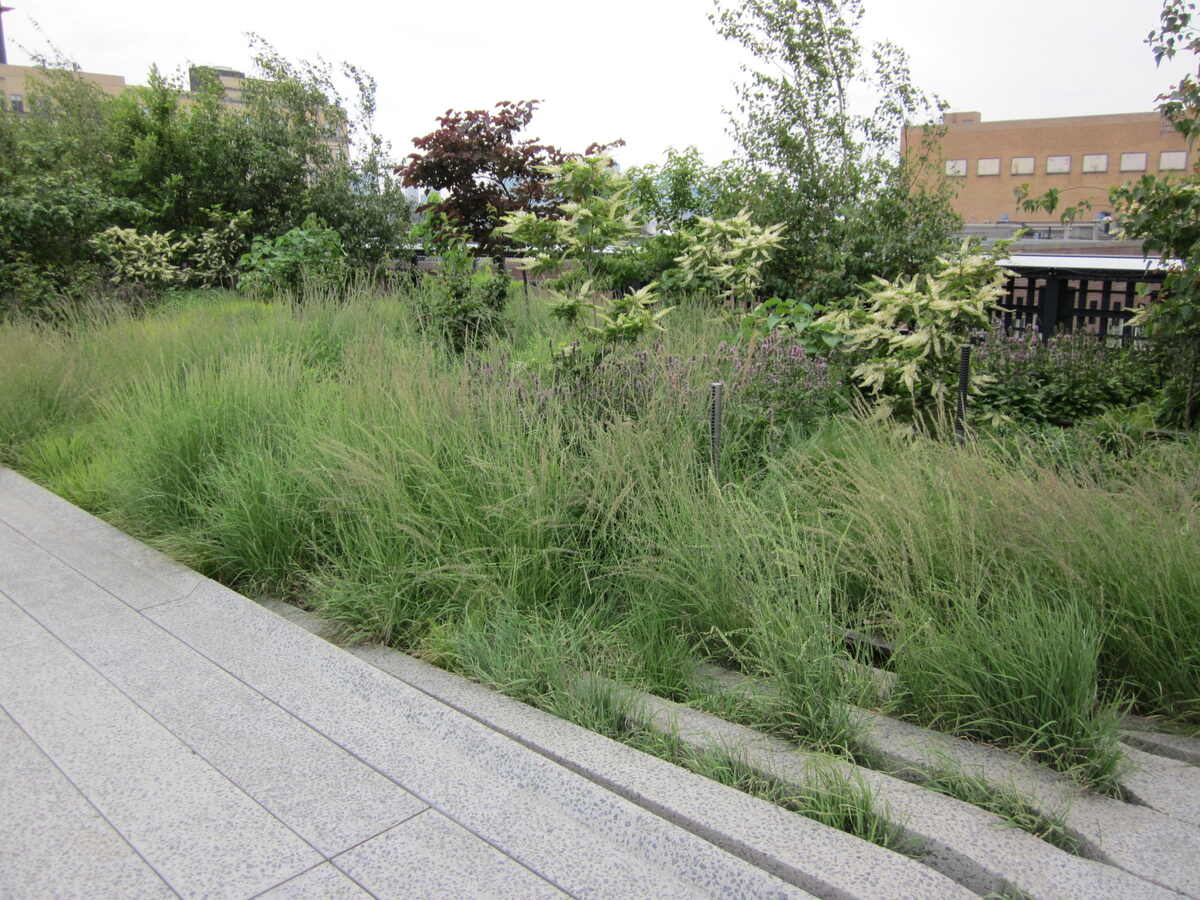
A few of the best alternatives to lawns for your New York yard include ground covers like bunchberry, moss phlox, and beach strawberry. A ground cover can be a wonderful addition to your landscape.
Turfgrass lawns are beautiful, but they’re also a lot of work and aren’t very environmentally friendly. Many ground covers can take the place of a traditional lawn and provide that same beauty (or be even better) while requiring little maintenance and benefitting your local pollinators. Here’s more about New York’s best lawn alternatives.
Prairie Dropseed
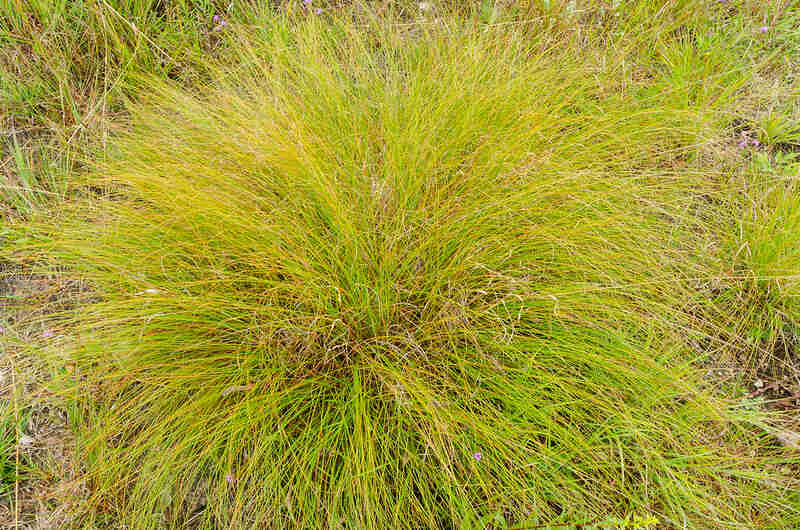
Prairie dropseed, also known as Sporobolus heterolepis, is a perennial bunch-type grass native to the Central and Northeast United States, including New York. This grass has a fine texture and long tufts of leaves that turn from a rich green in summer to gold in the fall. From mid-summer to early fall, prairie dropseed has lovely flowers.
Prairie dropseed prefers full sun and is hardy enough to thrive in a wide range of soils. It’s drought tolerant, easily handles dry conditions, and smells like popcorn. Prairie dropseed is also safe for dogs. This plant can make a great groundcover for homeowners who want a unique lawn while still maintaining a turfgrass-like aesthetic, or who need something particularly hardy.
Bunchberry
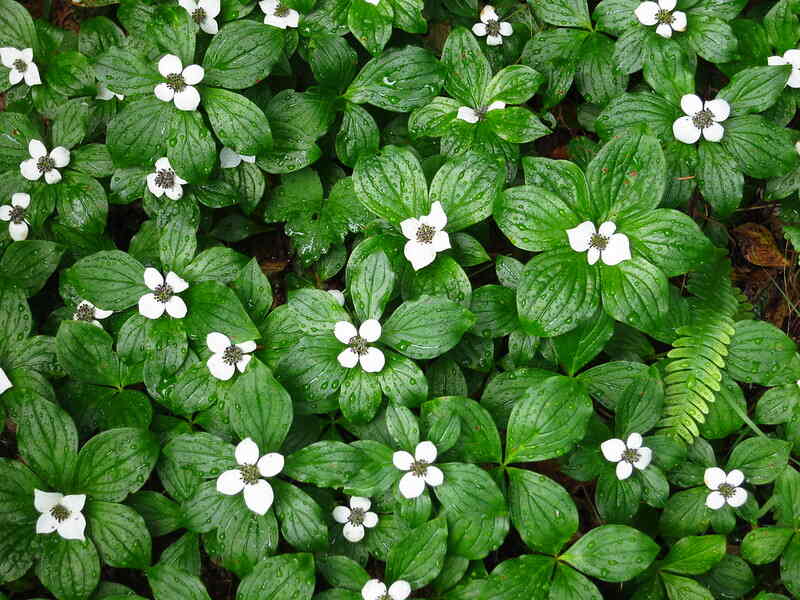
Bunchberry, also called creeping dogwood or Cornus canadensis, is a perennial shrubby ground cover plant native to most of the Northern United States and Canada. Bunchberry grows low to the ground, about three to six inches on average, and has beautiful green leaves, white flowers, and bright red berries.
Bunchberry prefers well-drained soil with an acidic or neutral pH and does best in full sun to partial shade. However, it’s hardy enough to survive a wide range of conditions and is very cold resistant. Bunchberry can be a great ground cover for homeowners with acidic soils that won’t support other plants or who want a ground cover that will stay green in the cold NY winter.
Moss Phlox
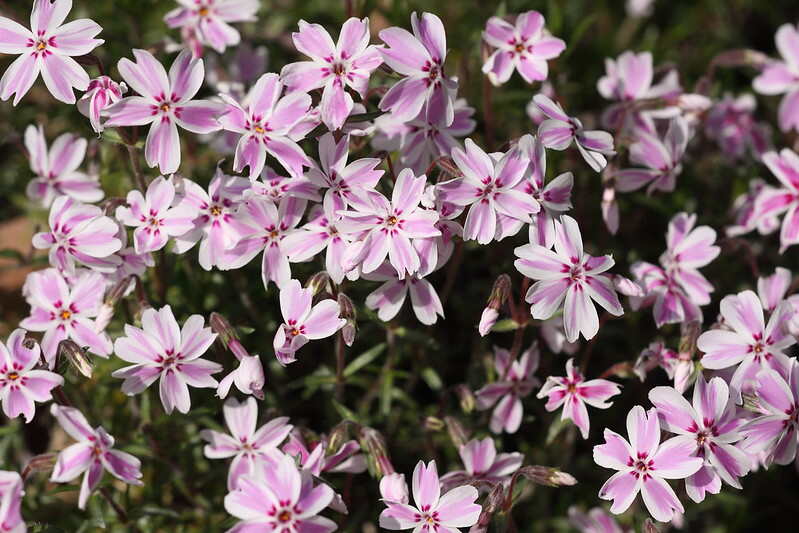
Moss phlox, or Phlox subulata, is a perennial flowering plant that grows into a thick mat. This plant is native to most of the Eastern United States and Canada. Moss phlox grows beautiful flowers that come in various colors depending on the cultivar. These flowers cover the entire plant when fully grown, but when the flowers are not present, the plant forms long green leaves.
Moss phlox likes full to partial sun and well-drained soil with lots of organic matter. The best soil type is sandy or gravelly soil. This is a very hardy plant that can stand up to cold, heat, and air pollution and can resist weeds. Moss phlox is suitable for homeowners with sandy or gravelly soil that other ground covers won’t do as well in or who struggle with weeds.
Bearberry
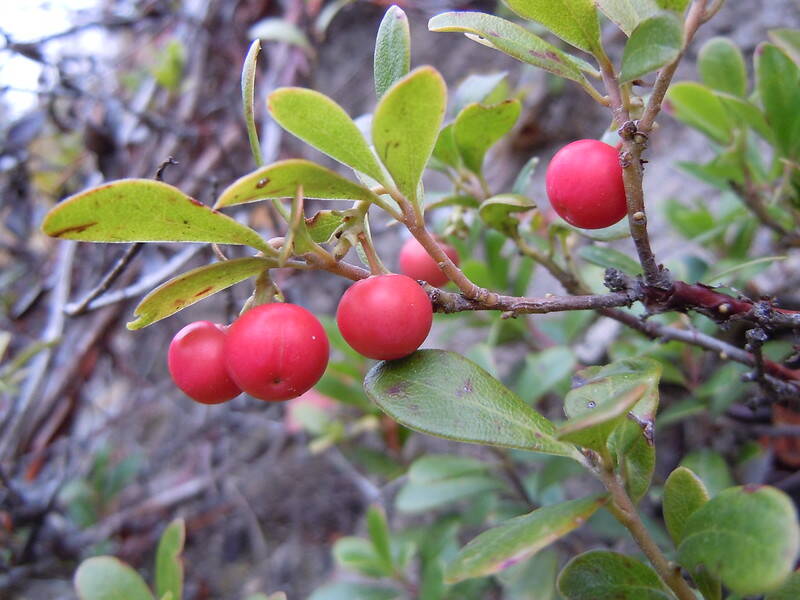
Bearberry, Arctostaphylos uva-ursi, is a ground cover shrub native to most of the Northern and Western United States, along with Canada. This shrub grows low to the ground, under six inches on average, and has small dark green oval-shaped leaves with light pink flowers and small red berries.
Bearberry prefers full sun, but can also handle partial sun. It’s extremely cold hardy and can survive even when temperatures drop below freezing for extended periods. Bearberry does well in sandy soils and helps stabilize them to prevent erosion. This ground cover is suitable for homeowners who live in North New York and need something that can survive harsh winters.
Woodland Strawberry
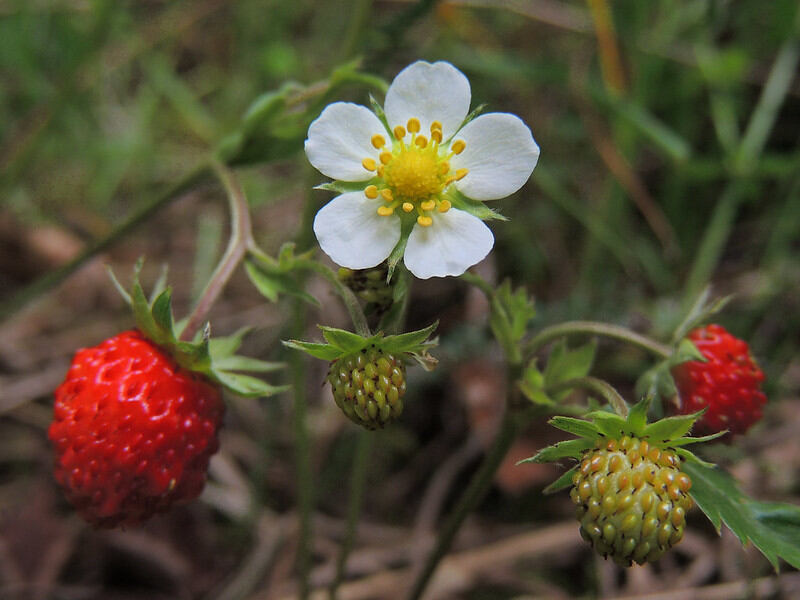
Woodland strawberry, known by the scientific name Fragaria vesca, is a fast-growing ground cover plant native to almost the entire United States, along with Canada and Mexico. It’s very similar to the strawberry plants most are familiar with, with spiky leaves and small white flowers that give way to red fruit.
Woodland strawberries grow best in partial sun and moist soil. The fruit it grows is edible, just like regular strawberries, and tastes delicious. They’re a common snack for wildlife, and the plants are very attractive to pollinators, especially bees. This ground cover is great for homeowners looking to add to their food garden or who want to help out their local pollinators.
Common Blue Violet
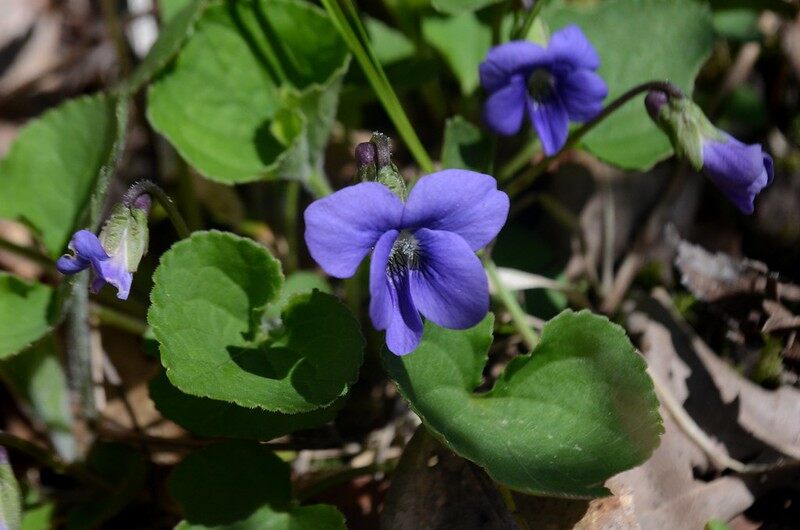
Finally, we have the common blue violet, also known as the wild violet or Viola sororia. This flowering plant is a common sight in NY, as it grows frequently in both domestic landscapes and public spaces. Common blue violet features small dark green leaves with beautiful deep purple flowers. It can grow up to eight inches tall.
Common Blue Violet grows best in moist, well-drained soil rich in organic matter. It prefers partial shade but can tolerate full sun as long as its soil doesn’t dry out. This flower is very beneficial to pollinators and is dog-safe. Despite being a flower, it’s very hardy and resistant to cold and foot traffic, though it’s not very heat tolerant.
Common blue violet is a suitable ground cover for homeowners who want to add a touch of color to their landscape or help their local pollinators. It’s also good for shady landscapes that don’t get enough sun to support other ground covers.
More Lawn Care and Landscaping Resources for New York
A native lawn replacement isn’t the only improvement you can make to your landscape. Here are some more resources to help you make your outdoor space shine:
- Best Grass Seed for New York
- 12 Best New York Native Plants
- 15 Most Common Weeds in New York: How to Identify and Control Them
Find a Lawn Pro Today
Ground cover plants can be a great alternative to a traditional turfgrass lawn. They’re sustainable, beautiful, and better for your local pollinators.
If you’re looking for lawn help, contact a lawn care professional near you. They can mow your NY lawn for you, whether you live in New York, Buffalo, or Yonkers.
Main Photo Credit: Prairie dropseed in High Line park in NYC / sharon_k / Flickr / CC BY-SA 2.0